#peter jeffrey
Photo







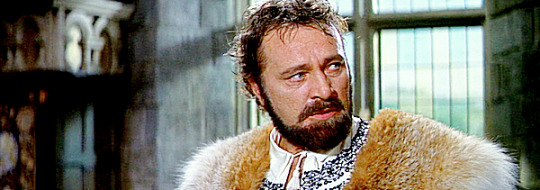
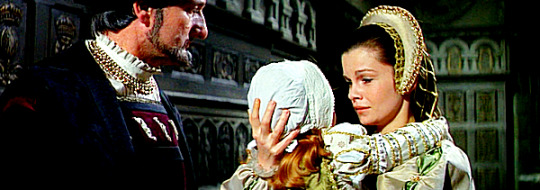

@perioddramasource: PERIOD DRAMA APPRECIATION WEEK
Day Five: Favourite Period Drama Film - Anne of a Thousand Days (1969)
#anne of a thousand days#perioddramaedit#perioddramaweek2023#richard taylor#genevieve bujold#michael johnson#irene papas#lesley paterson#peter jeffrey#henry viii#anne boleyn#George Boleyn#Katherine of Aragon#elizabeth i#Edward Seymour#jane seymour#thomas howard#my edits
176 notes
·
View notes
Photo

if....
directed by Lindsay Anderson, 1968
7 notes
·
View notes
Text

Rare paperback edition of "Villette" novel with the cover featuring Judy Parfitt as Lucy Snowe and Peter Jeffrey as M. Paul Emanuel from the 1970 BBC version of the same title.
Source: eBay
#villette#charlotte bronte#lucy snowe#m. paul emanuel#m paul emanuel#judy parfitt#peter jeffrey#villette 1970
17 notes
·
View notes
Text
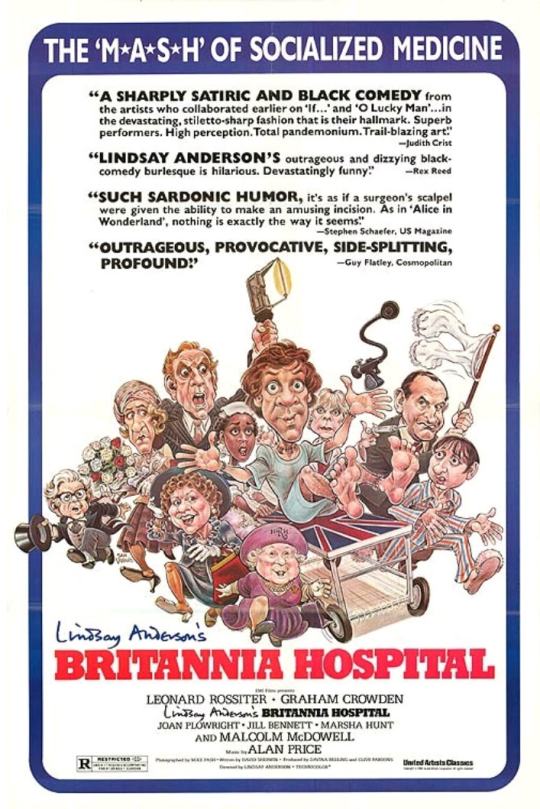

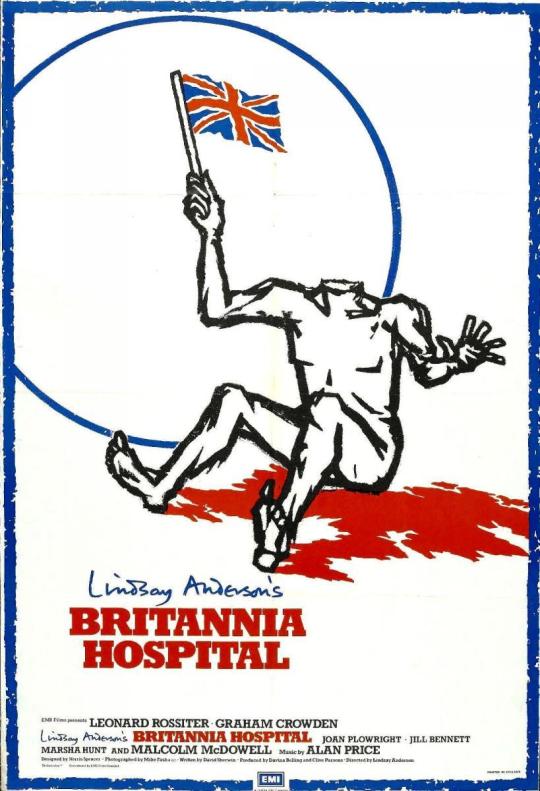
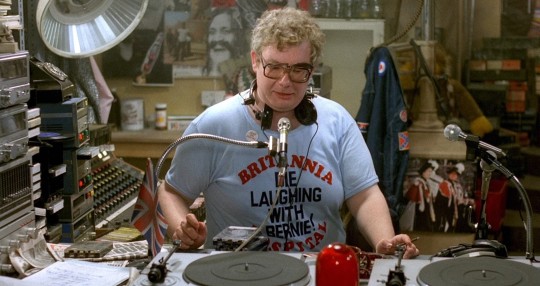
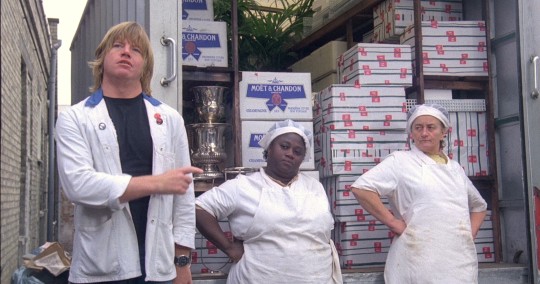


Britannia Hospital (1982) Lindsay Anderson
July 2nd 2023
#britannia hospital#1982#lindsay anderson#graham crowden#leonard rossiter#malcolm mcdowell#brian pettifer#joan plowright#jill bennett#robin askwith#mark hamill#marsha a. hunt#marsha hunt#richard griffiths#john moffatt#fulton mackay#peter jeffrey#dave atkins#catherine willmer#frank grimes#marcus powell#john bett#gladys crosbie#rufus collins#robbie coltrane#brian glover#mike grady#liz smith#alan bates#arthur lowe
8 notes
·
View notes
Text
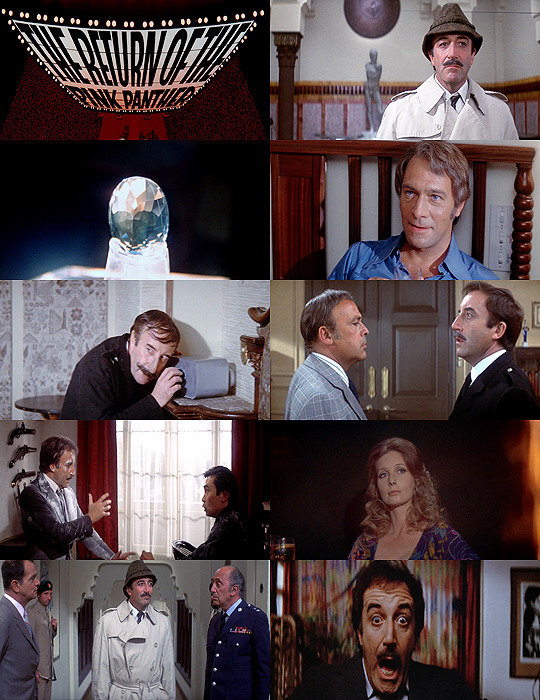

Films Watched in 2024:
7. The Return of the Pink Panther (1975) - Dir. Blake Edwards
#The Return of the Pink Panther#Blake Edwards#Peter Sellers#Christopher Plummer#Catherine Schell#Herbert Lom#Peter Arne#Burt Kwok#Peter Jeffrey#Grégorie Aslan#The Pink Panther#Inspector Closeau#Films Watched in 2024#My Edits#My Post
5 notes
·
View notes
Text
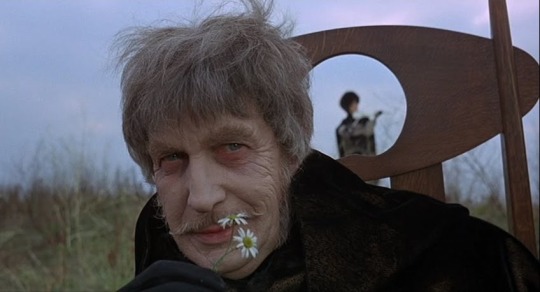
The Abominable Dr. Phibes (1971)
In the late 1950s and 1960s, American International Pictures (AIP) was a minor Hollywood studio with an outsized reputation. AIP, which made nothing but low-budget pictures and B-movies during its existence, focused on cornering the market for teenagers and young adults. Rather than making an endless string of superhero movies, AIP instead relied on its Beach Party series and related films (1963-1967) and inexpensive horror movies (usually involving producer/director Roger Corman). One of AIP’s mainstays for its coterie of horror films was none other than Vincent Price. A longtime character actor for 20th Century Fox, Price had only begun to regularly feature in horror films beginning with House of Wax (1953). From there, he became a regular on AIP’s Edgar Allan Poe adaptations (very loose adaptations, mind you) under Corman’s direction. No matter how dastardly Price’s characters schemes were in his numerous horror films, Price’s almost effortless charm always pored through, to the point that one cannot help but root for his schemes to succeed.
Though Roger Corman was not involved in The Abominable Dr. Phibes (Phibes rhymes with “bribes”), a portion of Price’s fans point to his performance here in the title role as the Vincent Price-iest of all. In this darkly comedic horror film directed by former production designer Robert Fuest (the 1961-1969 TV series The Avengers, director on 1970’s Wuthering Heights), the film’s deliberate campiness demands more absurd motivations, plot developments, and aesthetic choices than some viewers might be comfortable with. In short, this is not the ideal introduction to Vincent Price or AIP’s horror movies. To enjoy the first Phibes film is to be in on the joke, to accept the film’s inherent silliness.
The opening credits help set that mood. As they roll, Dr. Phibes (Price) ascends from beneath a flight of stairs, playing on organ Felix Mendelssohn’s “War March of the Priests” from Athalie. His only company in this fiendish lair are his tall, silent assistant Vulnavia (Virginia North) and his animatronic band, the Dr. Phibes Clockwork Wizards. Reported killed in a Switzerland car accident in 1921 alongside his wife Victoria, Phibes (who carries heavy facial scars and lost his speaking voice in the crash) is hellbent on seeking revenge against the British doctors who presided over Victoria’s failed surgery. Instead of going to therapy, Phibes murders the doctors instead. One after another, the doctors die in increasingly elaborate ways – each homicide inspired by one of the ten Plagues of Egypt as described in the Book of Exodus. After the third doctor dies, Scotland Yard finally begins connecting the dots under Inspector Harry Trout (Peter Jeffrey). Trout soon realizes that the deceased were all directed by Dr. Vesalius (Joseph Cotten). This revelation only begins to unearth Phibes’ wicked plot.
Elsewhere, Hugh Griffith plays a helpful Rabbi and Terry-Thomas plays one of the doctors. Derek Godfrey and John Cater play Inspector Trout’s superiors, Crow and Weaverly, respectively. Aubrey Woods, whom most know as Bill the Candy Man from Willy Wonka and the Chocolate Factory (1971), plays an eyewitness named Goldsmith.
youtube
The screenplay by William Goldstein (who returned for the sequel), James Whiton (his only major writing credit), and Fuest, is no one’s idea of sensible, intelligently structured writing. The transitions between the scenes involving Phibes, his assistant, and the victims to Scotland Yard and Dr. Vesalius are untidy. Goldstein, Whiton, and Fuest attempt to make more of a mystery out of this film than they should, but it only serves to make the investigatory half of the film as a dumping ground of expository dialogue. The scenes with Phibes are the zanier, far more interesting parts of the screenplay – even though the character can no longer speaker (the writers engineer an inexplicable workaround, but this unlikely development can have a pass in the context of this bizarre work). For the scriptural scholars among us, some of the stylish killings of the unsuspecting doctors take liberties with the stated Ten Plagues of Egypt. Though perhaps unacceptable to those demanding strict adherence to the holy texts, the thematic divergences of those murders are still so cockamamie that most viewers probably do not mind.
Dr. Phibes’ murders would make Jigsaw from the Saw series (2004-present) proud. To be clear, The Abominable Dr. Phibes is not a slasher film (a subgenre that was beginning to find its foundations by the early 1970s), but it contains elements that would become slasher hallmarks – an individual committing several revenge killings due to a past event, a sort of catharsis (in later slasher movies, sexual gratification) in the act of killing, and unusual manners of murder. Instead of horrifying the viewer with the wanton death, it is Vincent Price’s performance that keeps The Abominable Dr. Phibes within the confines of comedic horror. Due to reasons that I do not wish to spoil, Price’s Phibes scarcely makes a facial expression aside from his default, neutral gaze. His gait is deliberate and steady. Without the possibility of any facial muscular contortions or Price’s trademark smirk, so much of Price’s performance is through his eyes. From his thousand-yard stares, contemptuous gazes, world weary looks, and bemused glances, Price provides an enormous amount of the film’s soul and tenor with so little of his body. This sounds like a silent film director’s dream, but Price’s performance is a commanding one, in any era. His Dr. Phibes may not be in full control of his movements (thanks to Trevor Crole-Rees’ excellent makeup design), but Price is always fully in control of his acting. No surprise to anyone who knows Price’s work – always dependable to provide his utmost effort, no matter how dire the material.
The screenplay, nevertheless, keeps some emotional distance between the audiences and the title character. Though the film’s absurdity allows the viewer to scrap their sense of morality while watching Phibes slaughter each of the doctors, Phibes’ psychology is inaccessible until the film’s second half. The filmmakers, by not prioritizing Phibes’ mindset as much as they could, continually frame him as the villain amid bumbling detectives, the privileged victims (ensuring that the viewer cares not too much about their deaths), and the prideful Dr. Vesalius (whose hubris erodes as the film progresses, revealing his desperate humanity).
If anybody could be considered a co-lead here, that would be Joseph Cotten as Dr. Vesalius. The underrated and undermentioned Cotten, not at all known for his horror work and more for his collaborations with Orson Welles (namely 1941’s Citizen Kane and 1942’s The Magnificent Ambersons), performs ably here. Cotten replaced Price’s friend, Peter Cushing (Grand Moff Tarkin in 1977’s Star Wars, a regular as Baron Frankenstein and Van Helsing in Hammer horror movies), after Cushing fell ill. Cushing would have been ideal in the role, but never does Cotten act as if the unconvincing dialogue is beneath him, even if he doesn’t attempt to hide his American accent. As Dr. Vesalius, Cotten wonderfully inhabits his character’s desperation as his colleagues meet their ends, as if prophesied.
Set designer Brian Eatwell (1973’s The Three Musketeers, 1976’s The Man Who Fell to Earth) runs rampant with his design to Phibes’ lair. A curious combination of art deco and the garishness of 1970s colors serves the film’s ludicrousness. I am not sure how livable Phibes’ abode is – there are nary any bedrooms or any other amenities depicted – but the central chamber could be an ideal place for a raucous, demented soiree. Vulnavia’s ever-changing wardrobe in each of her scenes is also a delight, thanks to costume designer Elsa Fennell (1964’s Goldfinger, 1971’s Diamonds Are Forever). Perhaps there isn’t too much of association between campy costumes and sets with heartrending motives for murder, but that is exactly what transpires in The Abominable Dr. Phibes.
In addition, a laughably anachronistic soundtrack of swing jazz and Great American Songbook standards dot the film. I was not prepared for the appearance of either Mendelssohn’s “War March of the Priests” nor the legendary song that rounds out the closing credits. Phibes’ introduction while playing the former on organ readies the viewer not to take everything that is about to unfold seriously. For the latter song (again, I dare not spoil this), a brilliant solo trumpet takes the easily recognizable melody and swings it. Lyrically, this song’s placement in the end credits is fitting for what happens to Phibes. But I could not help but laugh the moment I heard the opening notes – a fitting send-off to a gleefully daft movie.
When The Abominable Dr. Phibes arrived in theaters, its poster showed the mutilated Dr. Phibes appearing as if he is about to kiss a woman. Above them read the tagline: “Love means never having to say you’re ugly.” This was a reference to Love Story (1970), with its (in)famous tagline and in-movie quote: “Love means never having to say you’re sorry.” The marketing for The Abominable Dr. Phibes confused audiences – was it a romance? horror? parody? – and the film struggled initially before AIP retooled its advertising to market the film as a horror film. On its low budget, the film was successful enough to warrant AIP to greenlight a sequel, Dr. Phibes Rises Again (1972). That sequel marked the beginning of the end of Price’s association with AIP, due to conflicts over his pay (while AIP’s box office fortunes were dwindling), his lack of satisfaction with the scripts coming his way (not even Price wanted to star in two Dr. Goldfoot movies in two years), and AIP’s plans to replace him with Robert Quarry as their primary horror star.
In the years since the film’s debut in cinemas, The Abominable Dr. Phibes has garnered a deserved cult status. There was no stopping Vincent Price from leaving AIP, but AIP – with their Robert Quarry plans not even a secret – somehow undervalued the actor who was their principal attraction through the 1960s. An essential in Price’s filmography, The Abominable Dr. Phibes defies genre conventions, genre categorization, and any semblance of rationality. For those looking for some bloody horror as the mercury drops, look no further than here. The first Dr. Phibes films guarantees murders with a wink and, though not a smile, an animatronic band playing hits that have yet to be composed.
My rating: 7/10
^ Based on my personal imdb rating. My interpretation of that ratings system can be found in the “Ratings system” page on my blog. Half-points are always rounded down.
For more of my reviews tagged “My Movie Odyssey”, check out the tag of the same name on my blog.
#The Abominable Dr. Phibes#Robert Fuest#Vincent Price#Joseph Cotten#Peter Jeffrey#Virginia North#Hugh Griffith#Terry Thomas#Derek Godfrey#John Cater#Aubrey Woods#William Goldstein#James Whiton#Sean Bury#John Laurie#Trevor Crole-Rees#Maurice Kaufmann#TCM#My Movie Odyssey
3 notes
·
View notes
Photo

Making fanart for a horror movie maybe a handful of people know about. I really am my own audience.
Mostly to commemorate the glorious moment when @keycchan and I watched both movies back to back and screamed at the gay tent scene. The dialogue was adjusted to how we lived through that glorious moment.
Used screenshots from the movie as reference for both drawings, but as the scene with Phibes and Vulnavia was basically black, I took the colors from a promo photo and adjusted it after.
Second time uploading, because the tags didn’t work...
#The Abominable Dr. Phibes#Dr. Phibes Rises Again#Dr. Phibes#Vulnavia#Inspector Trout#Superintendent Waverly#Vincent Price#Valli Kemp#Peter Jeffrey#John Cater#Faustian Fables#Faustian Imagery
20 notes
·
View notes
Photo

#if....#malcolm mcdowell#richard warwick#christine noonan#david wood#robert swann#peter jeffrey#lindsay anderson#1968
17 notes
·
View notes
Text


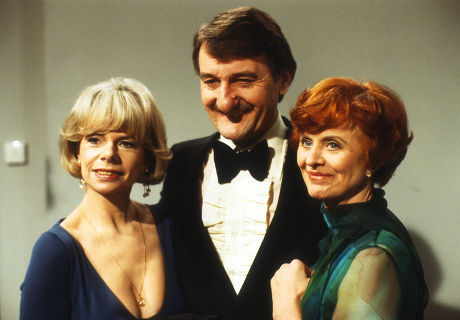


Six Plays by Alan Bennett: The Old Crowd (1.3, LWT, 1979)
"Do you do this full time?"
"We're actors. We act."
"Acting, oh that's exciting. Are you resting?"
"'Scuse me?"
"That's what it's called, isn't it, when - when you're out of work? Resting?"
"I call it out of work."
#six plays by alan bennett#alan bennett#the old crowd#lindsay anderson#single play#classic tv#john moffatt#isabel dean#philip stone#frank grimes#peter jeffrey#rachel roberts#jill bennett#valentine dyall#cathleen nesbitt#adele leigh#peter bennett#david king#elspeth march#jenny quayle#martin jacobs#james ottaway#absolutely fascinating. Bennett's collaboration with Anderson produces something much closer to Pinter's comedy of menace than Alan's usual#drily observed wit; trading sharp‚ knowing dialogue for a palpable near apocalyptic sense of unease (not a thoughtless comparison either on#my part; there are repeated references to danger on the streets‚ suggestions in a very bourgeois manner of societal breakdown and more than#one overheard snatch of alarming radio news). shot seemingly on one elaborate stage mock up of a house‚ but consciously breaking the fourth#wall by acknowledging cameras‚ crew members‚ even briefly cutting to the mixing room. highly anticipated at the time‚ with intense coverage#in the press before it aired‚ this play was a critical bomb whose dismal reception almost caused Bennett to give up writing entirely. im#glad he didn't. but i also think this deserves reappraisal. it's an undeniably cerebral‚ even experimental piece and quite unlike anything#else Bennett did (at least that I've come across) but it's bravely original and deeply interesting. weird stuff. but compelling.
2 notes
·
View notes
Text

Bad movie I have Countess Dracula 1971
#Countess Dracula#Ingrid Pitt#Nigel Green#Sandor Elès#Maurice Denham#Patience Collier#Peter Jeffrey#Lesley-Anne Down#Leon Lissek#Jessie Evans#Andria Lawrence#Susan Brodrick#Ian Trigger#Nike Arrighi#Peter May#John Moore#Joan Haythorne#Marianne Stone#Charles Farrell#Sally Adcock#Anne Stallybrass#Paddy Ryan#Michael Cadman#Hülya Babus#Lesley Anderson#Biddy Hearne#Diana Sawday#Andrew Burleigh#Gary Rich#Albert Wilkinson
1 note
·
View note
Text


Re-Animator (1985)
#Horror#Horroredit#Re-Animator#Stuart Gordon#Jeffrey Combs#Peter Kent#Herbert West#CHB#1985#80s#SFXBlood#SFXGore
881 notes
·
View notes
Text
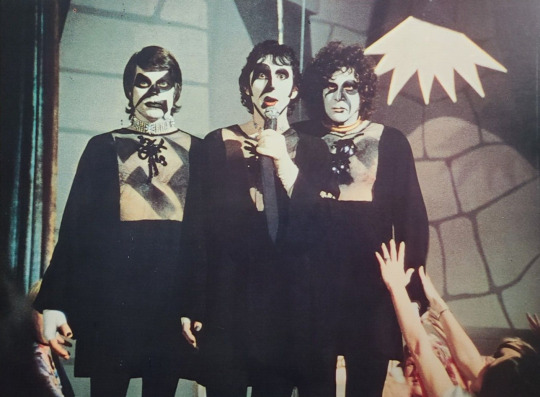
Jeffrey Comanor, Peter Elbling, and Archie Hahn in Phantom of the Paradise (1974).
#phantom of the paradise#jeffrey comanor#peter elbling#archie hahn#1974#1970s movies#brian de palma#horror#comedy
675 notes
·
View notes
Text
⠀⠀ ⠀⠀ ★ . . . my boyfriend’s pretty cool




























#icons#icons 120x120#edits#leonardo dicaprio#johnny depp#matt damon#ethan hawke#chad michael murray#adrien brody#matthew mcconaughey#cillian murphy#river phoenix#christian bale#jamie dornan#tom hardy#andrew lincoln#jeffrey dean morgan#matthew lillard#evan peters#chris evans#jared leto#joseph gordon levitt#heath ledger#brad pitt#jake gyllenhaal#ryan gosling#pedro pascal#aaron taylor johnson#james mcavoy#miedit
193 notes
·
View notes
Text




Peter Parker character paint for Spider-Man: Into the Spider-Verse by Jeffrey Thompson (Tumblr)
#spiderverse#spider verse#itsv#into the spiderverse#spider man: into the spider verse#character paint#peter b. parker#jeffrey thompson
409 notes
·
View notes
Text
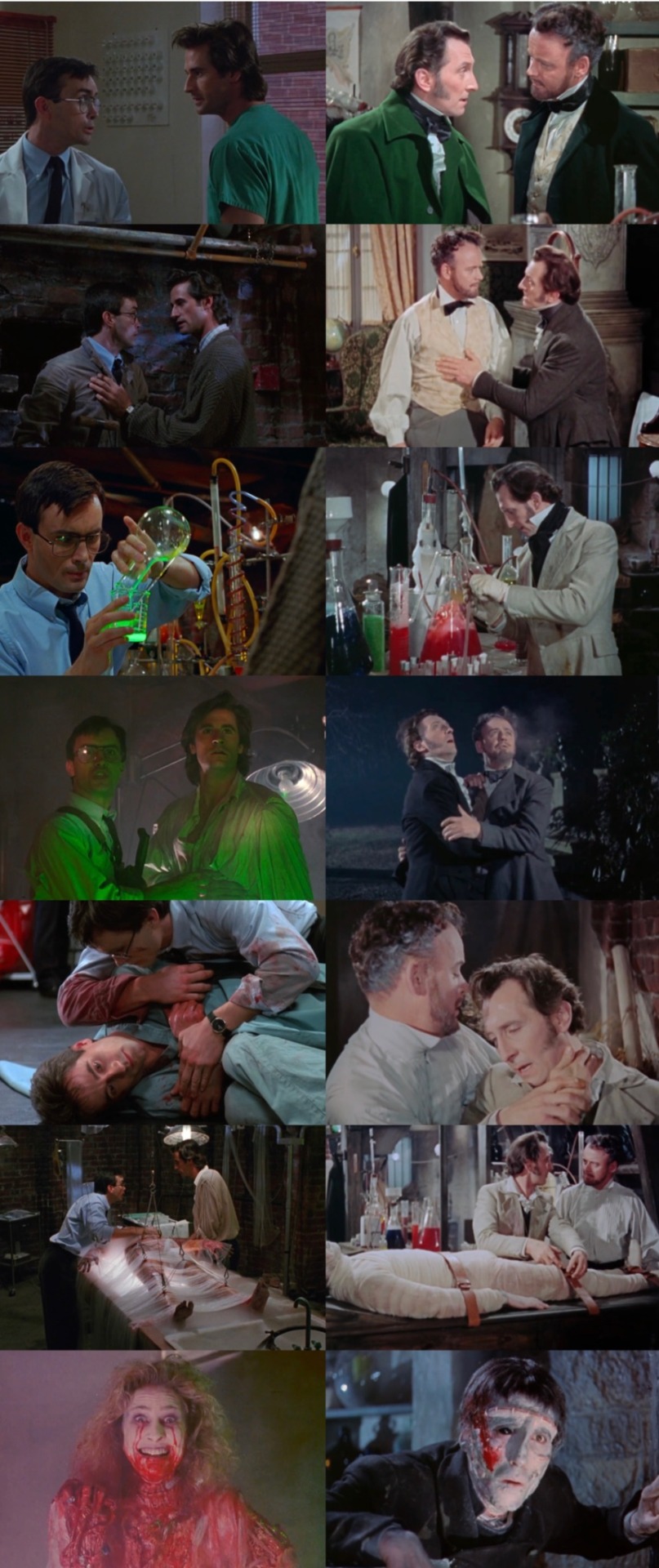
Re-Animator (1985) and Bride of Re-Animator (1990) v.s The Curse of Frankenstein (1957)
I love these films so much !!! After seeing The Curse of Frankenstein I immediately saw the similarity between their dynamic and the the one between Herbert West and Daniel Cain
#80s horror#1980s horror#victor frankenstein#reanimator#50s horror#hammer horror#herbert west#daniel cain#horror films#film moodboard#queer horror#peter cushing#christopher lee#jeffrey combs#bride of reanimator
310 notes
·
View notes
Text

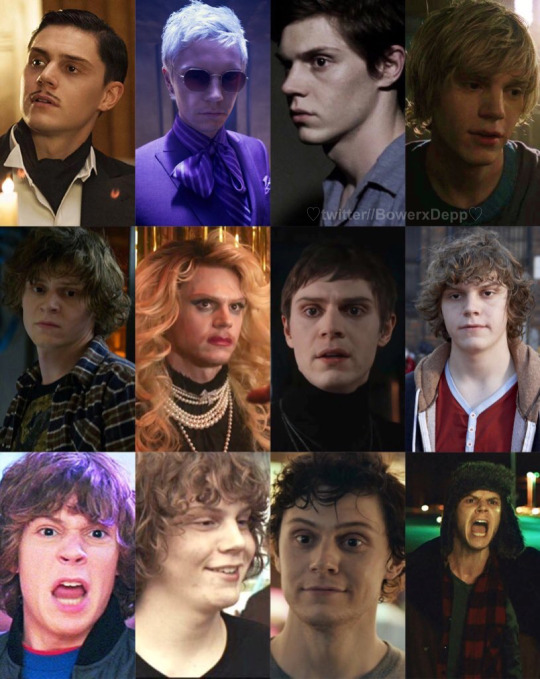
The many faces of Evan Peters
#evan peters#american horror story#ahs#ryan murphy#monster: the jeffrey dahmer story#netflix#dahmer 2022#pietro maximoff#quicksilver#wandavision#marvel#mcu#x-men#tate langdon#kai anderson#hollywood
2K notes
·
View notes